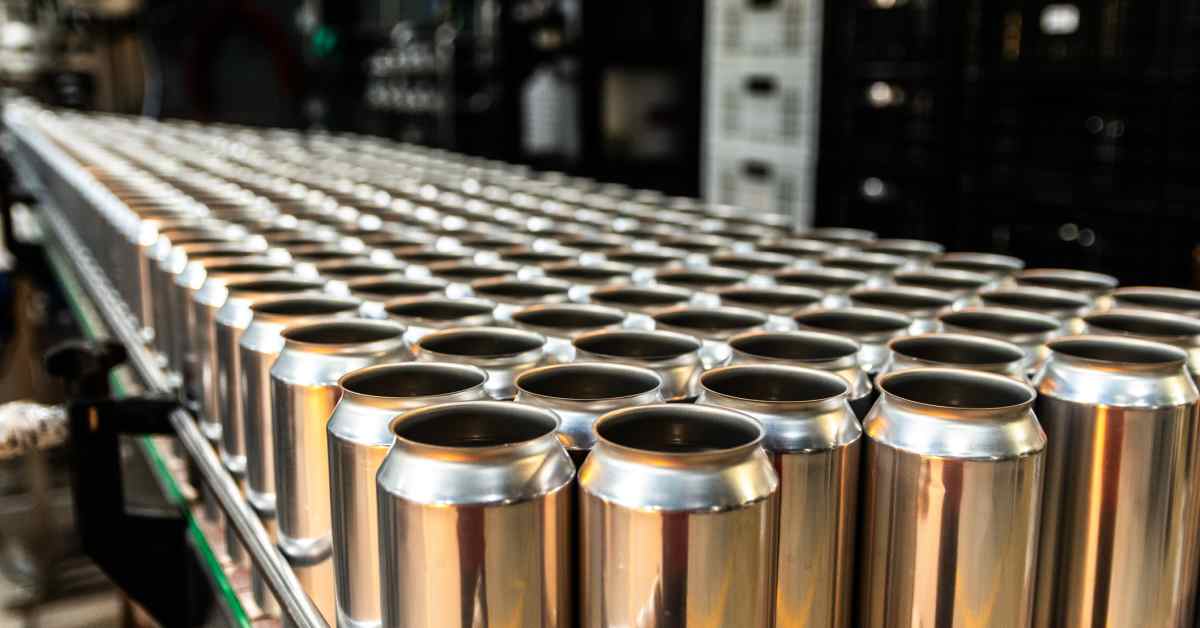
The Price of Pleasure: Why Your Next Beer Might Cost More
A cold beer. The crisp crack of the bottle, the satisfying fizz, the refreshing coolness. It’s a simple pleasure, a ritual for many, and a cornerstone of countless social gatherings. But that simple pleasure might soon come at a steeper price. For those of us who enjoy a frosty brew, the rising cost of our favorite beverages is a looming reality, and the reasons are far more complex than simply increased demand or ingredient costs.
The brewing industry, like many others, is intricately woven into a global supply chain. This interconnectedness makes it incredibly vulnerable to shifts in international trade and global economics. One significant factor impacting beer prices is the fluctuating cost of raw materials. Hops, barley, and even the specialized yeast strains crucial for brewing are all subject to market volatility. Poor harvests due to unpredictable weather patterns or unforeseen disease outbreaks in key agricultural regions can drastically impact availability and, subsequently, drive up prices. These increases aren’t simply absorbed by breweries; they’re inevitably passed on to the consumer.
Beyond the immediate ingredients, consider the vast network of transportation and logistics involved in getting that beer from the field to your glass. Shipping costs, fuel prices, and even the availability of containers have a significant influence. Global supply chain disruptions, which have become increasingly common in recent years, further exacerbate these issues. Delays in shipping can lead to shortages, forcing breweries to pay premium prices for expedited transport to meet demand. These increased transportation costs are again, factored into the final price of the beer.
Furthermore, the role of government policies and regulations cannot be overlooked. Tariffs and trade agreements can significantly impact the cost of imported ingredients and equipment. A seemingly minor increase in tariffs on a key ingredient, perhaps a specialized type of malt or hop, can ripple through the entire supply chain, creating a domino effect that results in substantial price hikes for the final product. This is often felt most acutely by smaller, craft breweries that may have less negotiating power with suppliers than their larger counterparts.
Finally, the increasing costs of energy and labor must also be considered. Brewing is an energy-intensive process, requiring significant amounts of electricity, gas, and water. Fluctuations in energy prices, driven by various global factors, directly translate into increased brewing costs. Similarly, a tight labor market can drive up wages for brewery workers, adding to the overall production expenses.
It’s important to note that these factors aren’t operating in isolation. They are interconnected and often amplify each other’s impact. A poor harvest combined with increased shipping costs and higher tariffs could create a perfect storm, leading to significant and sustained price increases for beer. While enjoying a refreshing cold one remains a simple pleasure, understanding the complex economic forces at play behind its cost might just add a touch of complexity to the experience. The price you pay for your next beer might be a reflection of a much larger, and often unpredictable, global economic picture.



Leave a Reply